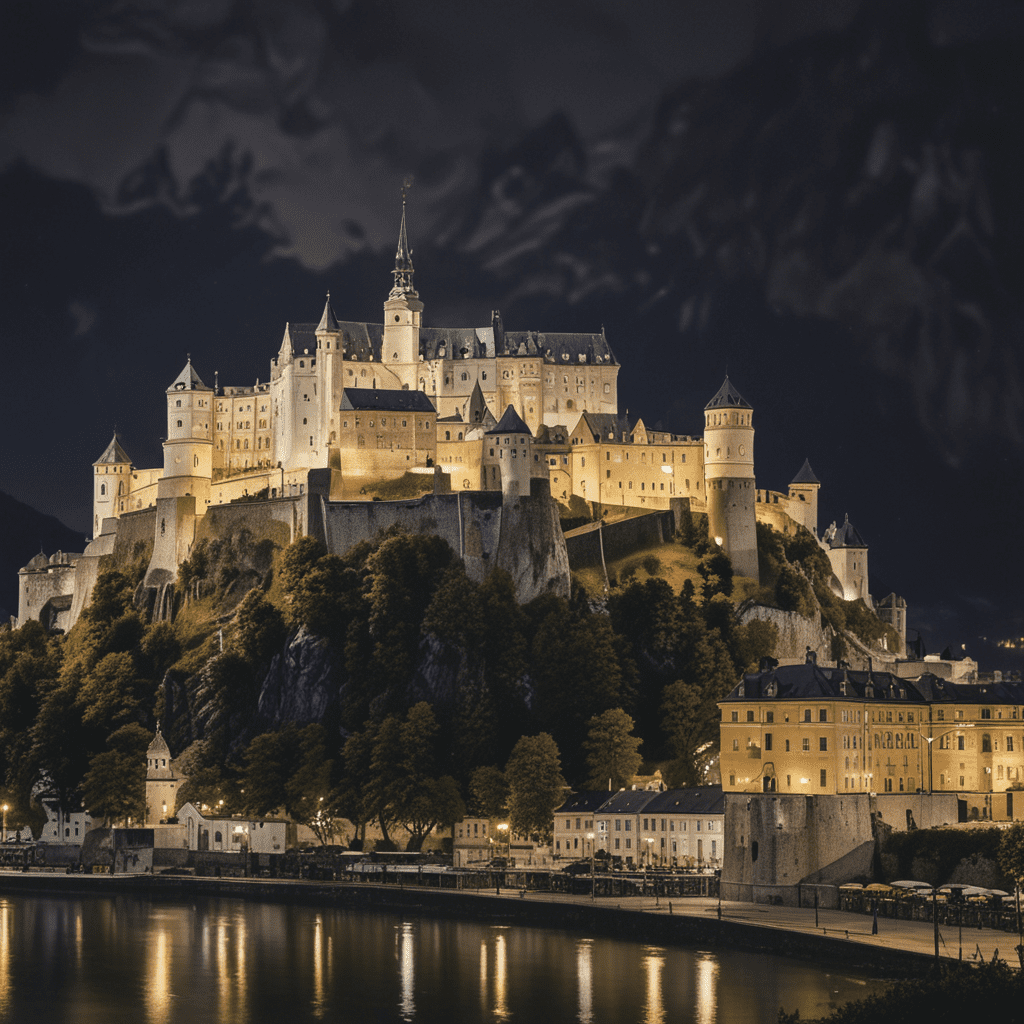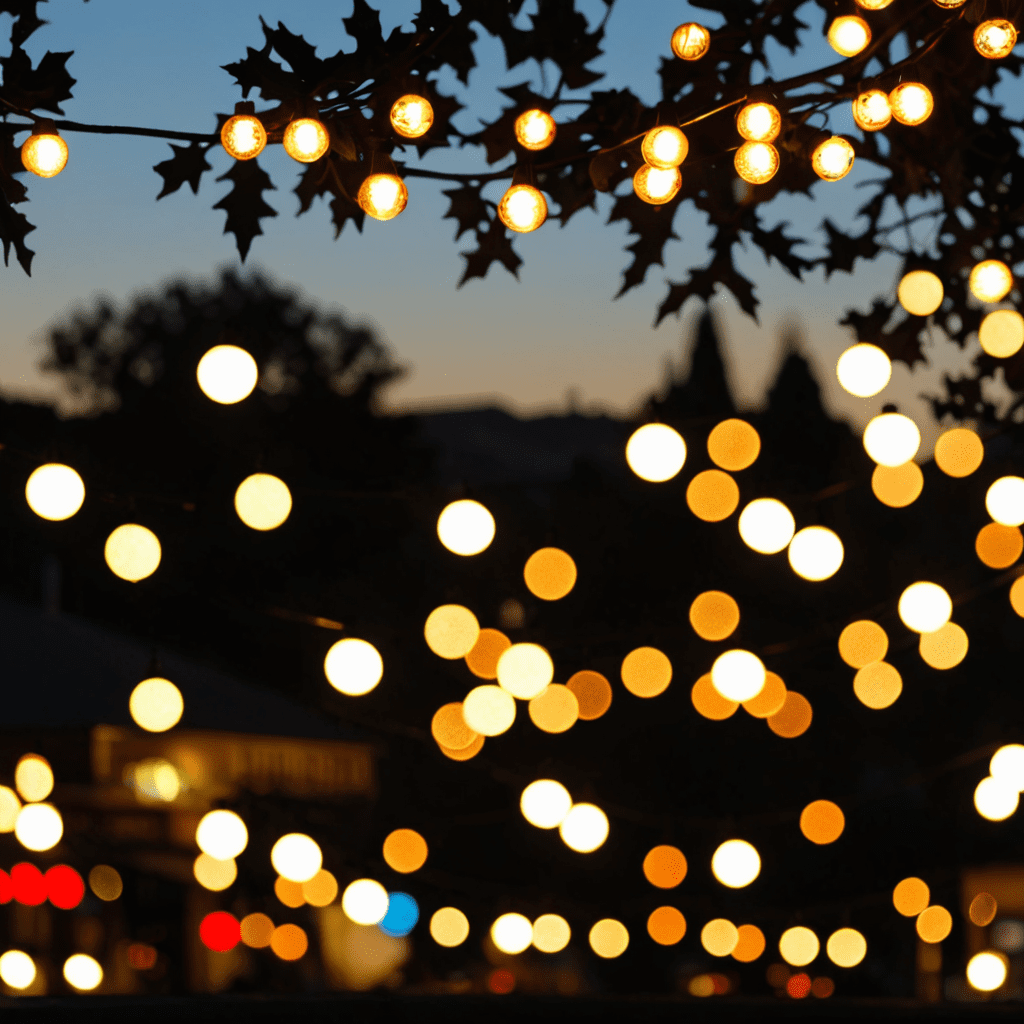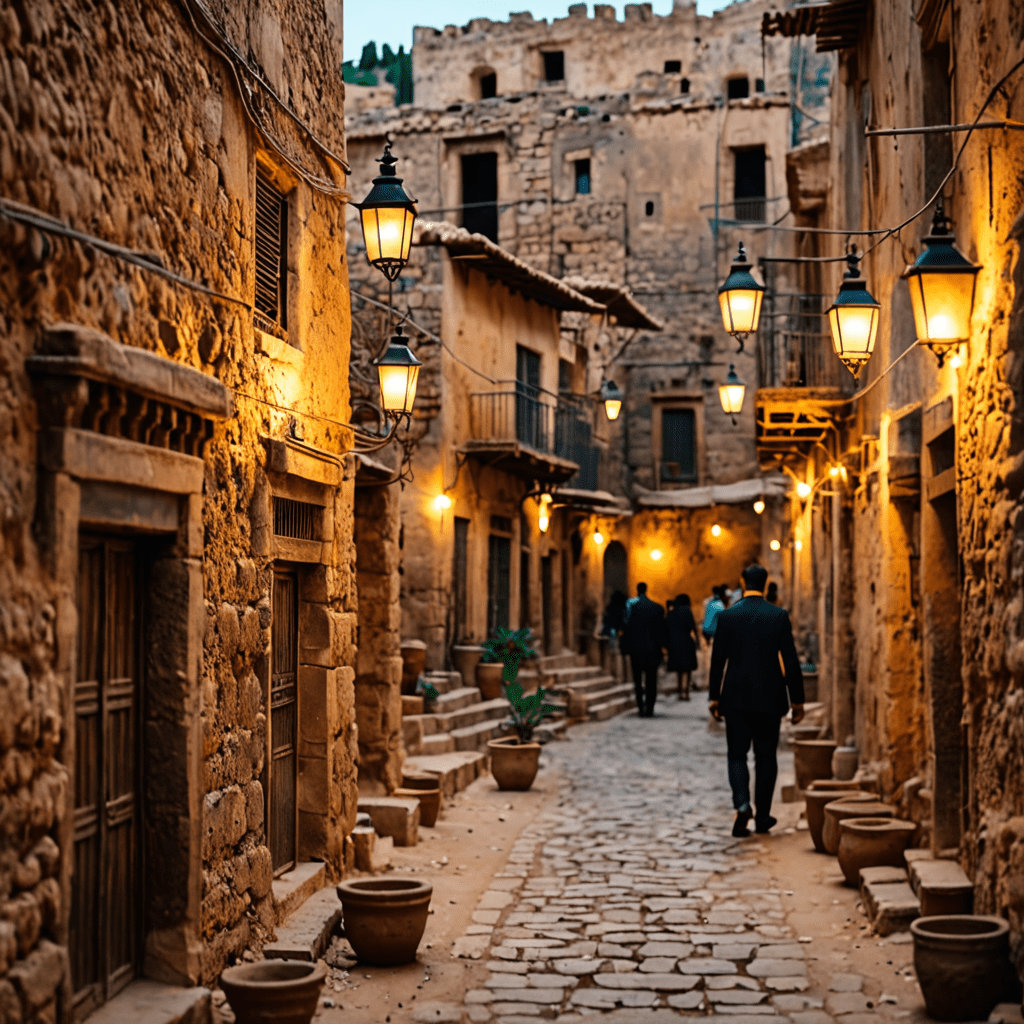
1. Origins and Early History
The Hohensalzburg Fortress, perched atop the Festungsberg hill in Salzburg, Austria, boasts a captivating history dating back to the 11th century. Originally constructed as a wooden fortification by Archbishop Gebhard in 1077, the fortress served as a strategic defense against invading forces and a safe haven for the ruling prince-archbishops of Salzburg. Throughout the centuries, the Hohensalzburg Fortress evolved to become one of the most significant landmarks in the region, bearing witness to pivotal events that shaped the destiny of Salzburg.
2. The Archbishops’ Stronghold
Under the reign of Archbishop Konrad I in the 12th century, the wooden fortress underwent significant transformation, becoming a formidable stone structure. Archbishop Eberhard II further expanded and strengthened the fortress in the 13th century, recognizing its vital role in safeguarding the archbishopric. The Hohensalzburg Fortress became a symbol of the ecclesiastical authority of the prince-archbishops, serving as their residence and administrative center. It housed their vast treasury, archives, and a large retinue of servants and soldiers, ensuring their safety and prestige.
3. The Peasant Revolt and Siege of 1525
The early 16th century brought turmoil to Salzburg and the Hohensalzburg Fortress. Discontent among the peasantry erupted into an uprising known as the German Peasants’ War. In 1525, a group of rebellious peasants laid siege to the fortress, demanding social and economic reforms. The rebellious peasants laid siege to the fortress, but the garrison of the Fortress remained loyal to Archbishop Matthäus Lang von Wellenburg and successfully repelled the attack.
The siege of 1525 underscored the strategic importance of the Hohensalzburg Fortress. In the aftermath of the revolt, Archbishop Lang, a staunch supporter of the Catholic Church, further strengthened the defenses of the fortress, outfitting it with modern artillery and constructing additional fortifications.
4. Renaissance and Baroque Transformations
The late 16th century ushered in a period of cultural and architectural flourishing in Salzburg under Prince-Archbishop Wolf Dietrich von Raitenau. He commissioned extensive renovations and additions to the Hohensalzburg Fortress, transforming it into a magnificent Renaissance palace. The fortress's defensive structures were complemented by ornate courtyards, grand halls, and lavishly decorated chambers.
In the 17th century, under the patronage of Archbishop Paris Lodron, the Hohensalzburg Fortress underwent further Baroque embellishments. The fortress's interior was adorned with intricate stuccowork, frescoes, and paintings, showcasing the opulence and grandeur of the Salzburg court.
5. The Fortress during the Napoleonic Wars
The Napoleonic Wars brought new challenges to the Hohensalzburg Fortress. In 1800, French troops occupied Salzburg, and the fortress served as a prison for captured Austrian soldiers. During the Bavarian occupation of Salzburg from 1805 to 1810, the fortress underwent significant structural changes and was stripped of many of its valuables.
After the defeat of Napoleon, the Hohensalzburg Fortress was restored to its former glory. It became a symbol of Austrian sovereignty and a testament to the resilience of the city of Salzburg.
6. The 19th Century and Modernization
The 19th century saw further modernization of the Hohensalzburg Fortress. It was equipped with modern artillery and served as a military garrison. In 1861, the fortress was declared a historic monument, and efforts were made to preserve and restore its original features.
7. World Wars and the Austrian Republic
During World War I, the Hohensalzburg Fortress was used as a military hospital. In World War II, it escaped major damage despite being bombed by Allied forces. After the war, the fortress became a symbol of Austrian independence and national pride.
8. The Fortress as a Museum and Cultural Center
In the post-war era, the Hohensalzburg Fortress underwent extensive renovations and was transformed into a museum and cultural center. It now houses a variety of exhibits showcasing its history, architecture, and cultural significance. The fortress also hosts concerts, exhibitions, and other cultural events throughout the year.
9. Architectural Features and Significance
The Hohensalzburg Fortress is a magnificent example of medieval and Renaissance architecture. Its imposing fortifications, adorned with turrets and battlements, reflect its defensive origins. The fortress's interior features a labyrinth of courtyards, halls, and chambers, each with its own unique character and architectural details.
The Hohensalzburg Fortress is a UNESCO World Heritage Site and is considered one of the most important landmarks in Austria. Its longevity and resilience bear witness to the rich history and cultural heritage of the city of Salzburg.
10. The Hohensalzburg Fortress Today
Today, the Hohensalzburg Fortress is a popular tourist destination, attracting visitors from around the world. Its stunning views of the city and surrounding countryside, combined with its fascinating history and architectural beauty, make it an unforgettable experience. Visitors can explore the fortress's numerous exhibits and museums, walk along its historic ramparts, and attend its many cultural events.
FAQ
Q: What is the best way to get to the Hohensalzburg Fortress?
A: You can reach the fortress via the Festungsbahn funicular, which takes you directly to the entrance of the fortress. Alternatively, you can walk up the Festungsweg, a scenic trail that leads to the fortress's main gate.
Q: How long does it take to tour the Hohensalzburg Fortress?
A: Exploring the fortress's exhibits and museums can take several hours, depending on your pace and level of interest. It is recommended to allocate at least half a day for your visit.
Q: Are there any guided tours of the Hohensalzburg Fortress?
A: Yes, guided tours of the fortress are available in various languages throughout the day. Guided tours provide a deeper insight into the fortress's history and architectural features.


